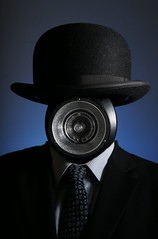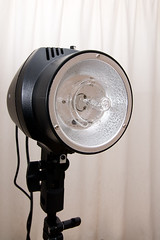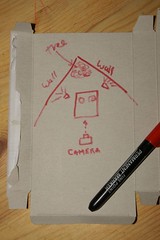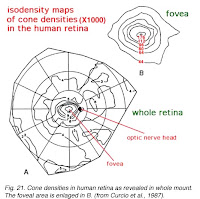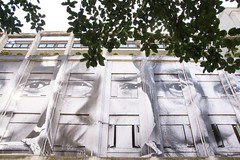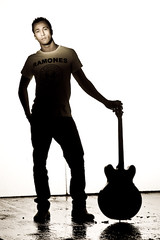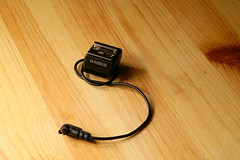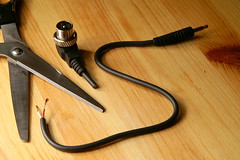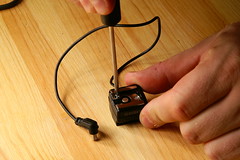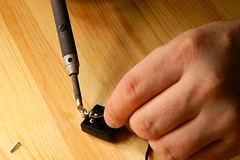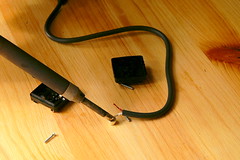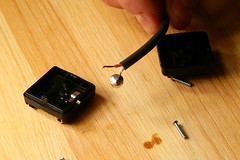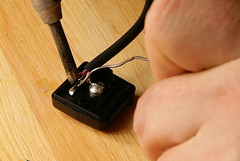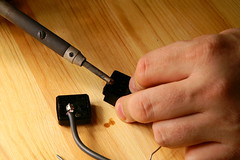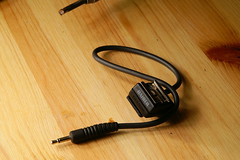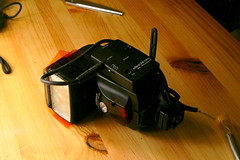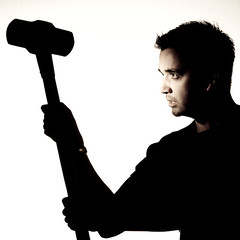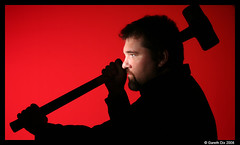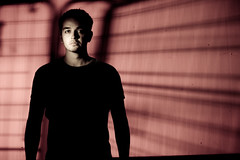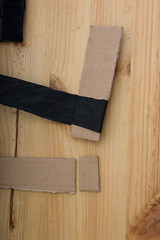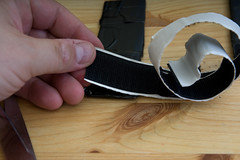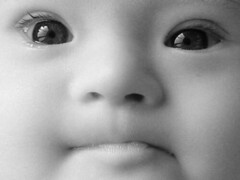
A while ago Gary Cosby over on his
A little news blog had some news about his son Reece, who was diagnosed with Down Syndrome at one year old. It got me thinking about when my daughter was born and how inspired I was by the story of
Victoria, the daughter of Photographer Maria de Fatima Campos. Victoria's story made me realise that my daughter Christina having Down Syndrome, wasn't something to fear and that I should just enjoy having her in my life.
Christina's start in life was entertaining to say the least. At her first scan we were told that the measurement of her nuchal fold was on the high side of normal, there was a chance that she might have a chromosomal abnormality. They tried to get us to take all sort of tests including amniocentesis which carried a greater risk of miscarriage than there was of her having Down Syndrome. We told them that we didn't need any tests because we would keep the child, even if it had two heads and we weren't going to risk a miscarriage or a false positive test if it wasn't going to help in any way.
So the pregnancy continued and at the next scan Christina was moving around so much that they couldn't find her heart to test it. A state of constant motion seems to be a feature of her life. So we were booked in for another scan a few weeks later when hopefully she would be bigger and not be able to move around so much. This time they had discovered a problem. The reason she was so mobile was because Karen had excess amniotic fluid and after several scans they found the reason. Christina had
duodenal artesia or double bubble as the doctors liked to call it. Her stomach was blocked which meant she wasn't able to regulate the amniotic fluid, she would need an operation as soon as she was born.
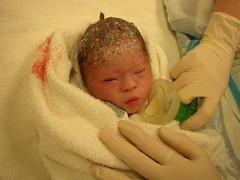
After this news, maternity leave started early. Karen had to take it easy because with all that extra fluid there was a chance of a premature birth and haemoraging. Sure enough, two months early, Karen's waters broke and we had to get a taxi to the hospital. After the waters had broken, there was a risk of infection. Not only that, but Christina could also squash her umbilical cord and cut off her blood supply. Christina's inability to sit still came into play and all through the night she was on and off that umbilical cord. Eventually the doctors decided perform a caesarian, so I scrubbed up and sat by Karen's head while a nice man sliced her open and brought our baby into the world.
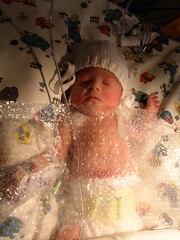
After a very brief visit with her mum, Christina was put in an incubator and rushed to Great Ormond Street Hospital (GOSH) where she would get a scar to match her mother's. They reconnected her plumbing, straightened out some of the shoddy workmanship and removed her appendix. They put a blanket of bubblewrap on her and released her back to the ward. The next couple of weeks were spent travelling between home, to take care of my eldest daughter, The Royal Free hospital where Karen was and GOSH where I was allowed to spend the night in a family room. As you can imagine, I took hundreds of pictures.
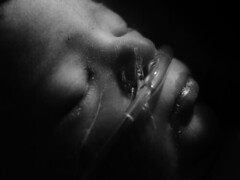
Christina wasn't able to eat, so she was getting nutrition from a drip and her constant movement kept tearing the drip out. Every time she pulled the drip out, they had to find another place to put one. At one point the drip in her foot burnt her and she had to have the plastic surgeon irrigate her foot with a big syringe, she still has lots of tiny pinprick scars from that. After about the third week she was able to start feeding on expressed milk from a syringe and soon after that we got to take her home.
She was tiny. I practically had to set the camera to macro mode to get a full frame headshot. For the first six weeks that we had her home she wasn't putting on weight, she was just getting skinnier and skinnier. We managed to see someone at GOSH who told us supplement her breast milk with formula and she finally started to gain some weight. Not long after she got home, the press came knocking. She had her story and pictures in Junior: Pregnancy and Baby Magazine, Woman's Own, and The Sun (Though not on page three I hasten to add)
Ok, so I have written loads already and she has only just reached home, I'll pick up the pace.
There was a lot to do when she arrived, loads of doctor's appointments, physiotherapy, speech and language therapy, hearing tests, thyroid tests etc. We all learnt Makaton sign language to help her express herself. There was a lot of hard work to do, mostly by her mum while I've been out at work. Her big sister Caitlin has been an enormous help too and they get on like a house on fire.

She has been full of surprises. While her spoken language was behind her peers she had a much higher vocabulary than them if you included the signs she knew. She didn't learn to walk until after she was two years old, but she was able to recognise her colours and letters before her peers. She even astounded me by being able to read words like pig and cat from a very early age. She is four years old now and going to school. At weekends she takes
ballet class and she is simply adorable. I couldn't ask for a more loving child than her and I can't imagine life without her.
The following organisations have been invaluable in helping us with Christina:
Cerebra Cerebra is a unique charity set up to help improve the lives of children with brain related conditions through researching, educating and directly supporting children and their carers. (
Donate)
Great Ormond Street Hospital Great Ormond Street is the only exclusively specialist children's hospital in the UK (
Donate)
Kids London Kids London provided us with home learning (portage) (
Donate)
Elfrida Rathbone Elfrida Rathbone Camden is a charity which provides a range of free services to people with learning difficulties, disabilities and families under stress.
Down syndrome association The Down Syndrome Association is focussed on helping people with Down Syndrome live successful lives. (
Donate)
Down Syndrome Education International Through research this organisation develops educational materials that best meet the needs of people with down syndrome.(
Donate)
DS UK Mailing list This is a mailing list for parents of children with DownSyndrome in the UK
Downright Excellent This is a local group that provide education and therapies for young children with Down Syndrome (
Donate)
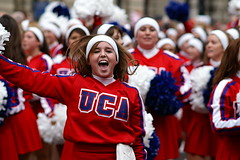 Every year in on New Years day, the streets of London fill with cheerleaders and brass bands. Its usually really cold quite often drizzling, but these young kids come all the way over here from the United states to freeze their tits off in the could grey light of a new years day in London, and some of them actually look happy about it.
Every year in on New Years day, the streets of London fill with cheerleaders and brass bands. Its usually really cold quite often drizzling, but these young kids come all the way over here from the United states to freeze their tits off in the could grey light of a new years day in London, and some of them actually look happy about it.


